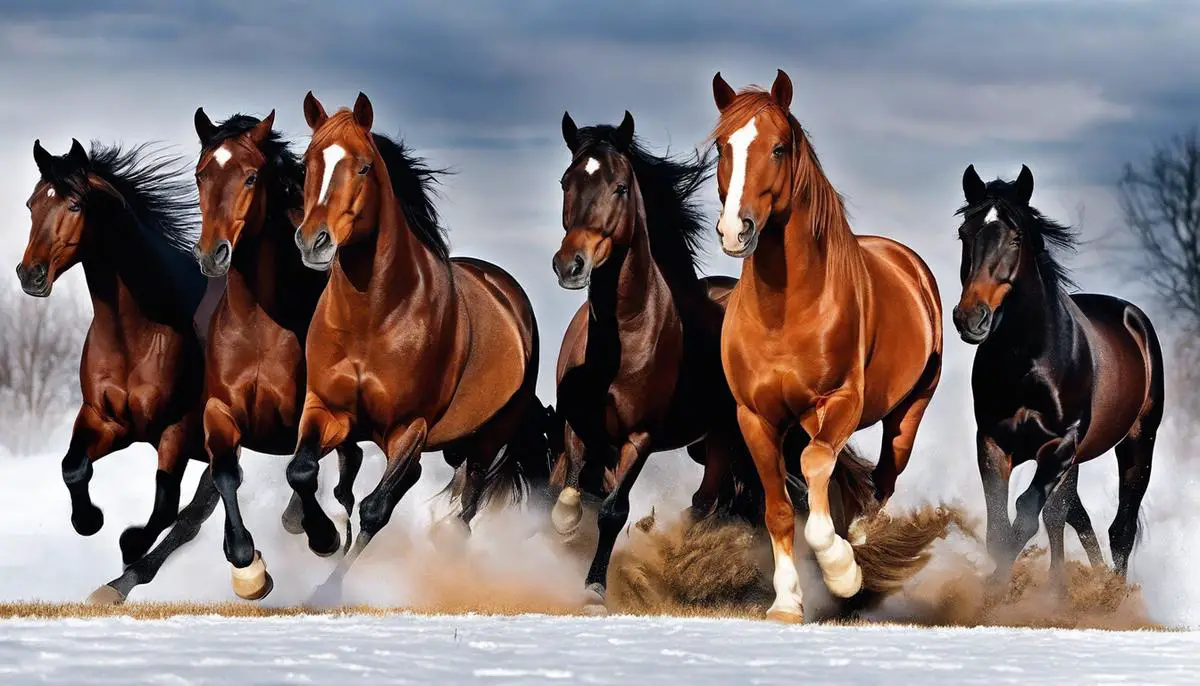The realm of equine diversity extends far beyond the conventional distinctions of racehorses and show ponies, into the domain of the steadfast and resilient cold-blooded horse breeds. These equine giants, often misconceived due to their nomenclature, harbor a suite of distinguishing attributes that set them apart from the more commonly known warm-blooded and hot-blooded horses. Embarking on a journey to understand these gentle giants promises to demystify their inherent calm temperament, robust build, and methodical metabolism. As enthusiasts and hobbyists alike delve into the world of cold-blooded horse breeds, a treasure trove of equine history, culture, and utility awaits to be discovered, illuminating the unique roles these horses have played and continue to play within human society.
Table of Contents (Horspedia)
Understanding Cold-Blooded Horses
Unraveling the Mystery of Cold-Blooded Horses
Horse enthusiasts, saddle up! Today, we’re diving into the fascinating world of cold-blooded horses. No, we’re not talking about reptilian steeds or horses with a chilly demeanor. In the equine world, ‘cold-blooded’ refers to certain types of horse breeds known for their calm and collected nature, not their body temperature.
You’ve probably heard of thoroughbreds and Arabians, which are considered ‘hot-blooded’ due to their fiery spirit and speedy gaits. In contrast, cold-blooded horses are the gentle giants of the horse family, often associated with breeds like Clydesdales, Percherons, and Belgians. These breeds are the heavyweights, boasting strong, muscular builds and a placid, unflappable temperament.
What makes cold-blooded horses special is their versatility. These horses are the all-rounders in the equine workforce, excelling in farm labor, hauling goods, and even as under-the-saddle companions for a leisurely trail ride. Their patient nature makes them excellent choices for new riders or those looking to have a stress-free ride.
One of the reasons cold-blooded horses are preferred for heavy work is their incredible strength. Ever seen a horse effortlessly pull a plow or a heavy carriage? Chances are that was a cold-blooded horse showing off its muscle power. Their strength is why these breeds were historically so valuable in agriculture before the advent of modern machinery.
Despite their brawn, these horses are also known for their big hearts and gentle ways. People often describe them as the ‘dogs of the horse world’ because of their loyal and friendly personalities. Kids can walk around them, farmers can rely on them for a hard day’s work, and carriage drivers trust them to calmly navigate busy streets.
Size-wise, cold-blooded horses are quite impressive. They have broad backs, thick legs, and often sport beautiful feathery hair around their hooves, giving them a distinctive appearance. You can spot them easily at horse shows or parades with their decorated harnesses, looking as regal as equine royalty.
If you’re considering adding a cold-blooded horse to your stable or just wanting to learn more about these amazing creatures, remember, they do require a fair amount of food to maintain their size and energy. And with great size comes great responsibility—ample living space and routine veterinary care are a must.
In a nutshell, cold-blooded horses are more than just workhorses. They’re companions with a demeanor as cool as the other side of the pillow, patient instructors for novice equestrians, and powerful engines with hooves. They embody the spirit of gentle strength and prove that sometimes the biggest hearts come in the largest packages. Whether at work or play, these equine gentle giants continue to capture the hearts of horse lovers everywhere.

Photo by dominikjpw on Unsplash
Popular Cold-Blooded Horse Breeds
Tapping into the Unheralded Heroes: Cold-Blooded Draft Breeds That Aren’t Household Names
Beyond the well-known giants like Clydesdales, Percherons, and Belgians, the fascinating world of cold-blooded horses boasts a variety of lesser-known breeds that deserve the spotlight for their unique contributions to humankind’s endeavors. Let’s saddle up and explore some breeds that are just as amazing but may not be the first that come to mind when thinking of draft horses.
The Shire Horse, an English breed, is one of the tallest among draft horses and has been influential in pulling wagons and plowing fields throughout history. Their grand stature and noble demeanor make them a remarkable sight, but it’s their calm nature that has sustained their importance on farms and in parades.
Moving on, the Suffolk Punch, another British breed, stands out with its chestnut coat. These horses, built like the sturdier cousins of the aforementioned breeds, are known for their stamina and efficiency, especially in farming tasks. Their numbers may have dwindled, but enthusiasts are working to ensure these hardy equines don’t trot into obscurity.
Hailing from the forests of France, the Ardennes is one of the oldest draft horse breeds. Shorter and stockier than some of their draft counterparts, they are nonetheless powerhouses. With a history that traces back to Roman times, they have shouldered the burden of countless wars and agricultural needs through the centuries.
The Fjord horse, with roots in Norway, is instantly recognizable by its distinctive dun color and bold zebra stripes on the legs. These horses might be smaller in stature, but they pack incredible strength and versatility into their compact frames. From pulling heavy loads to thriving in harsh climatic conditions, Fjords have managed to carve their niche.
Crossing the Atlantic, the American Cream Draft is the United States’ own contribution to the draft breed lineage. Known for their golden coats and amber eyes, they add a touch of elegance to the draft horse family. Though they came close to vanishing, dedicated breeding programs have kept their legacy alive.
It’s worthwhile to consider that each of these cold-blooded breeds brings a welter of cultural significance and a trove of stories that enrich the tapestry of horse history. They’ve been lively participants in shaping not only the equestrian world but also the broader canvas of human progress.
Whether used in modern-day farming, therapy programs, or simply as gentle companions, these drafts are testimony to the lasting bond between humans and horses. So, when thinking about cold-bloods, it’s essential to recognize and celebrate the diversity that exists within this formidable group of equines. As guardians of these living legacies, it’s everyone’s privilege to ensure their stories and presence continue to be a part of our world.
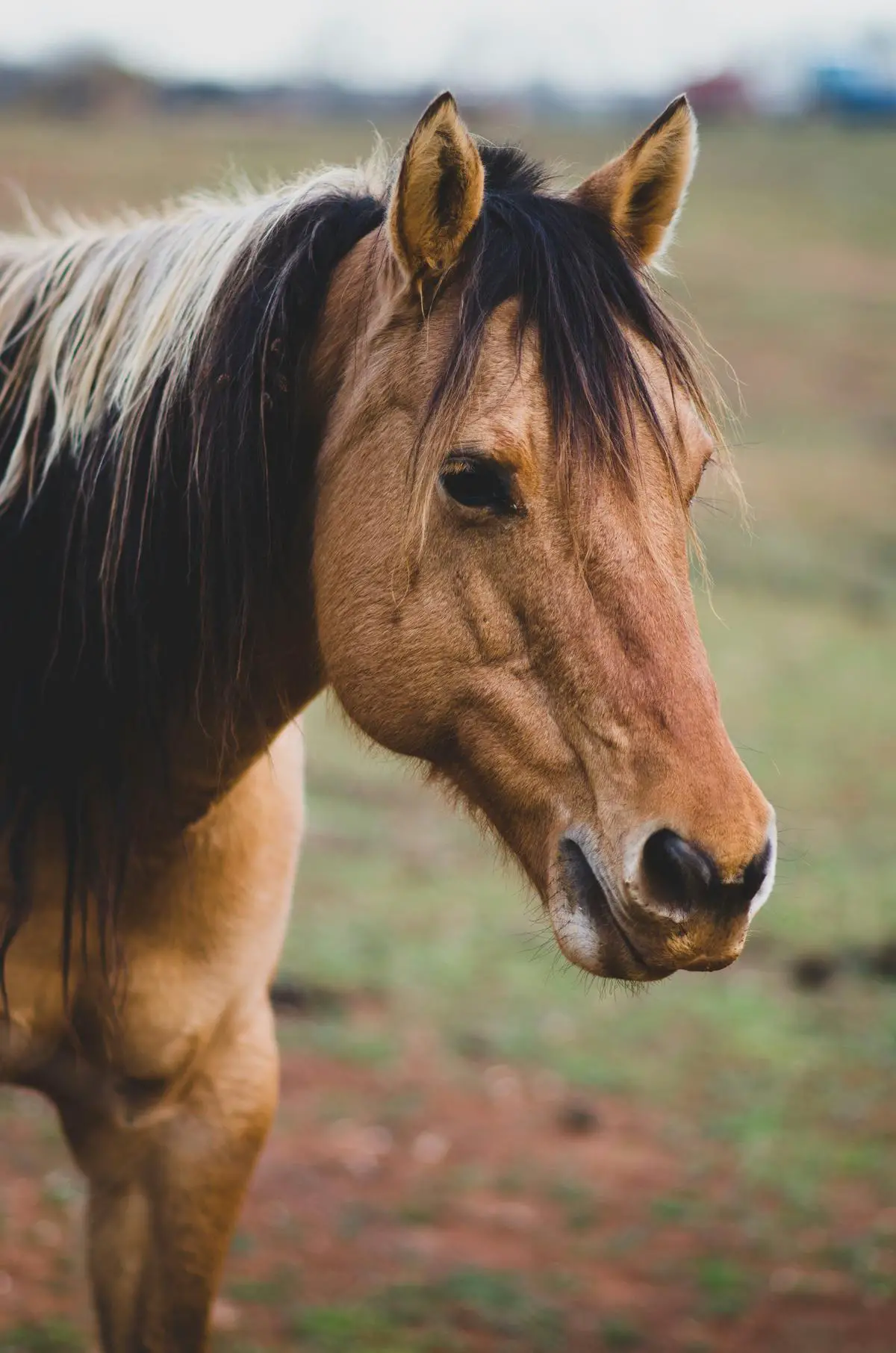
Photo by sethlfink on Unsplash
Cold-Blooded Horses in Work and Leisure
Modern Uses of Cold-Blooded Horses: Beyond the Fields and into Our Lives
While the powerful image of cold-blooded horses, sometimes known as draft horses, hauling plows and heavy carts resonates with the history books, these massive and kind-hearted animals have found many new roles in the present day. Let’s explore how these gentle giants are making big strides beyond traditional farm work.
Showbiz Stars and Parade Performers
Gliding in parades with gleaming harnesses and feathered hooves, these cold-blooded beauties are showstoppers. Their grand presence turns any event into a spectacle. In movies and television, they often symbolize strength and nobility, capturing hearts without uttering a single word.
Equine-Assisted Activities and Therapies (EAAT)
Their soothing demeanor is a perfect fit for therapeutic programs. Participants in these programs, dealing with physical or emotional challenges, bond with these horses, finding peace and strength in their steady trots and caring eyes. The trust between human and horse combines with the therapeutic movements to help heal body and mind.
Urban Workhorses: Police and Carriage Horses
In many cities, these draft horses serve with police units, their size making them a calming yet commanding presence in crowds. And who hasn’t seen a horse-drawn carriage offering romantic or historic tours through metropolitan streets, the calm cold-blood breeds ideal for navigating the hustle and bustle?
Forestry and Sustainable Logging
Believe it or not, they’re still valued for work! In sustainable agriculture and forestry, they’re making a comeback. With a lighter environmental hoofprint, they help loggers move timber without damaging the surrounding forest floor as heavy machinery would. They’re eco-friendly log movers!
Festivals and Cultural Events
Celebrating their heritage, festivals around the world honor these horses with events like pulling competitions, showcasing their power in a friendly and festive environment. They’re living legends, connecting folks to the past and preserving the unique culture each breed represents.
Educational Programs and Historical Reenactments
As moving history lessons, cold-blooded horses take part in reenactments, bringing history to life with thundering hooves. They also trot into educational programs, introducing new generations to the ways these animals have shaped human history.
Ranch Work and Riding Schools
Yes, they still work on ranches, but with less to haul, they’re more about helping folks learn the ropes of horse care and riding. Riding schools use these horses to teach beginners how to ride because their calm nature makes them perfect for newbies who might be a bit scared of getting in the saddle.
Endless Possibilities Await
From farm to film set, therapeutic centers to festival grounds, the lives of cold-blooded horses are full of diverse roles that might surprise those who only picture them in historical farm scenes. Each breed brings its unique story and skill set, enriching not only the industry but also the lives of those who have the pleasure to work alongside these magnificent animals. As they continue to break out of their traditional molds, cold-blooded horses show the world that when it comes to finding their place in modern society, they’re not just walking historical artifacts – they’re living treasures making giant hoofprints in new and unexpected ways.
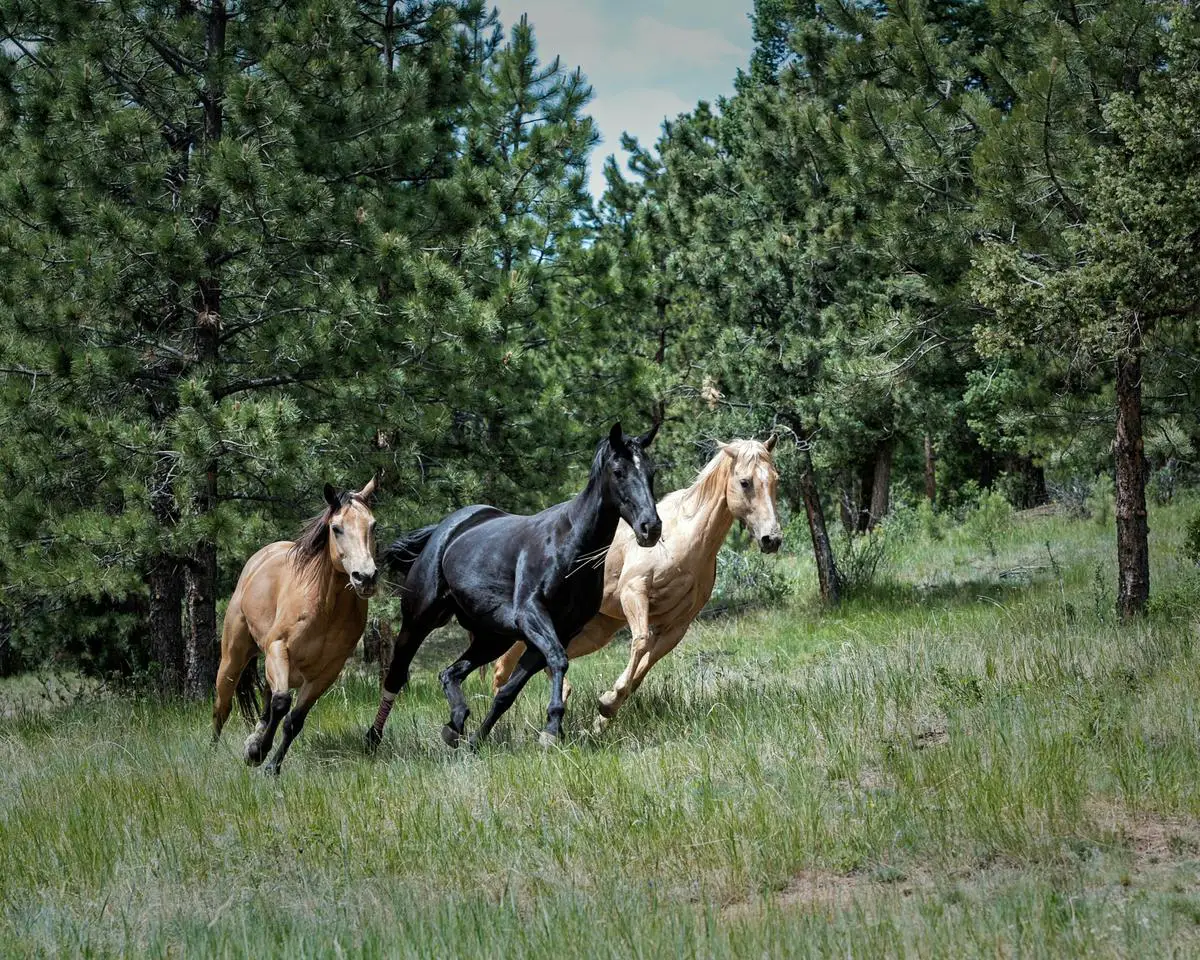
Photo by devine_images on Unsplash
Caring for Cold-Blooded Horse Breeds
Caring for cold-blooded horses goes beyond feeding and sheltering. These gentle giants flourish with a routine that respects their nature. Here’s the scoop on some best practices for keeping them in top shape.
Daily Exercise: Essential for Health
These horses may not race around like their hot-blooded cousins, but they need regular movement to keep their joints limber and muscles strong. Think about daily walks, gentle lunging, or light draft work. It doesn’t have to be heavy-duty – just enough to get their blood circulating and their limbs moving.
Grooming: More Than Just Looks
Grooming is a must. It not only keeps their coat and mane tidy but also promotes healthy skin. Pay extra attention to their feathered legs. Keeping this area clean and dry is crucial to prevent mud fever, a condition that can trouble heavy breeds.
Nutrition: Size Matters, But So Does Quality
When it comes to food, yes, they eat more – they’re big! However, quantity shouldn’t trump quality. A balanced diet is key. These horses are less active and can gain weight easily, so monitor their intake. Too many treats? Not a good idea. Make sure they’re getting the right mix of forage, grains, and minerals.
Regular Health Checks: An Ounce of Prevention
Make friends with a good vet who knows draft horses. Regular check-ups can save a lot of trouble down the road. Hoof care is also vital due to their size and weight. Farrier visits every six to eight weeks should do the trick.
Mental Stimulation: Keep Them Thinking
They’re smart cookies, so challenge their brains. Training exercises, obstacle courses, and even simple games can keep their minds engaged. This helps stave off boredom and encourages a happier horse.
Spacious Living: Room to Roam
Those big bodies need room. A cozy stall is great for nighttime, but during the day, ample paddock space is key. They love to graze and need the room to move freely. A cramped space is a no-go for these big guys.
Community: Horses Are Social Creatures
Companionship is important. They get along well with other horses, so consider a buddy for them. This can be especially useful when integrating work and play, as they can learn from each other.
Environmental Considerations: Drafts Are Durable, But Not Invincible
They are pretty hardy and can handle cooler temperatures better than most. Nonetheless, they still need protection from harsh weather – be it blazing heat or freezing cold. Access to shelter where they can escape the elements is a must.
Remember, keeping these horses healthy and happy is a rewarding challenge. Every bit of care and love given is returned tenfold by their calm companionship and unwavering loyalty. With the right approach, they’ll be an absolute joy as working partners or spirited friends for many years. Ready to enjoy the journey with these amazing horses? Endless possibilities await indeed!
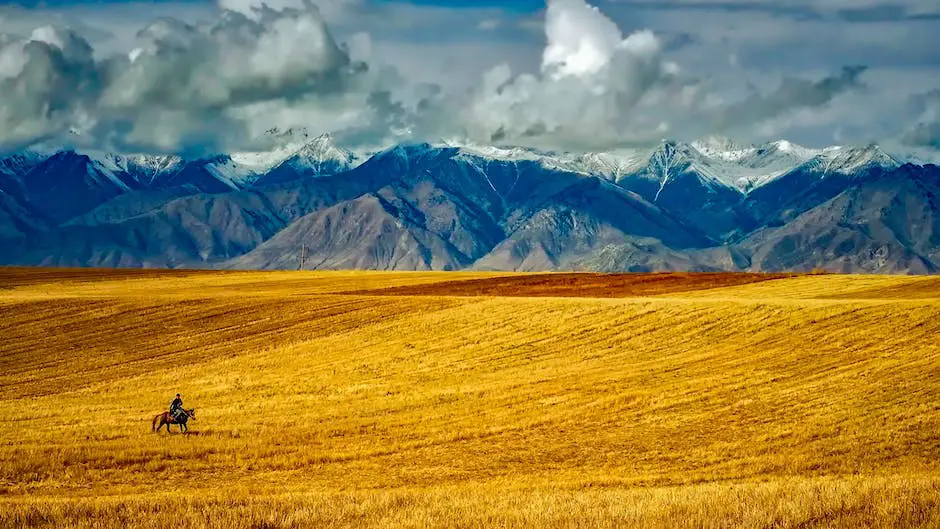
Misconceptions about Cold-Blooded Horse Breeds
Myths About Cold-Blooded Horses: Separating Fact from Fiction
When it comes to horses, there’s a lot of lore out there. Especially around cold-blooded horses – those gentle giants that have captured hearts with their striking presence and serene dispositions. But let’s get real and demystify some common misconceptions people often have about these amazing creatures.
First off, don’t be fooled by the term “cold-blooded.” It might make you think these horses can handle freezing temperatures better than others. In reality, though, the term has nothing to do with their blood temperature. All horses are warm-blooded, including the cold-blooded breeds, maintaining a constant body temperature regardless of the environment. So, yes, they do need shelter in the winter just like any other horse.
Next up, many folks believe that cold-blooded horses are slow and not very bright because of their calm nature. That’s a big myth! These horses are actually known for their patience and willingness to learn, which makes them ideal for a whole range of activities. Their intelligence and cooperative spirit are a big plus, whether they’re working in the fields or acting as a gentle companion for novices.
Some people also think that these draft breeds aren’t suited for riding because of their size. Guess what? That’s not true either. While they are indeed mighty and muscular, many cold-blooded horses are quite comfortable under saddle, and riders often remark on their smooth gaits. Just make sure the tack fits right and they’re properly trained, as with any horse you’d like to ride.
Another common misunderstanding is that all draft horses are the same. You wouldn’t believe the rich diversity within these breeds! Each one comes with a unique history, distinct looks, and special talents. From the sturdy Suffolk Punch to the smaller but powerful Fjord horse, there’s a whole world of cold-blooded horses to explore.
Lastly, some folks think that because of modern machinery, draft horses don’t have a place in today’s world. But this isn’t the case. They’re making a comeback in eco-friendly farming methods and are stars in therapeutic riding programs. Plus, in a busy world, they remind us to slow down and value a steady and reliable work ethic.
So, there you have it – the real scoop on these magnificent horses. Let’s keep broadening our horizons, learning, and appreciating every breed for what it truly offers. Stay curious, stay passionate, and who knows what other myths we’ll bust about our equine pals next?
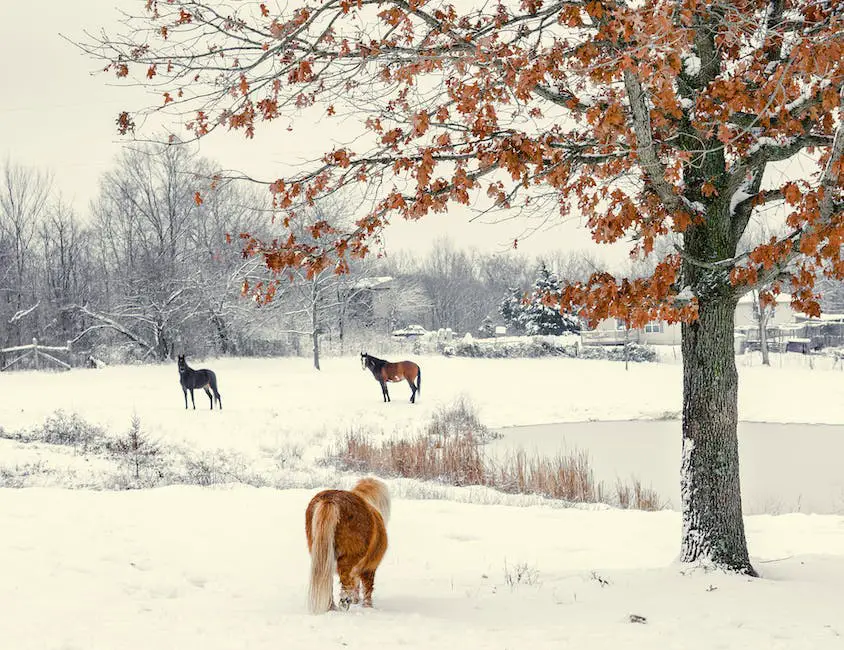
The journey through the realm of cold-blooded horse breeds illuminates a path of appreciation and respect for these magnificent animals. Through the eyes of enthusiasts who have taken the time to understand, cherish, and care for these breeds, the bonds forged extend beyond utility to a deeper connection that reveres their gentle nature, strength, and loyalty. As the twilight calms the pastures, these majestic creatures continue to leave an indelible hoof print on the fabric of equestrian history, ensuring that their legacy endures for generations of horse lovers to explore and celebrate.
